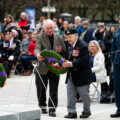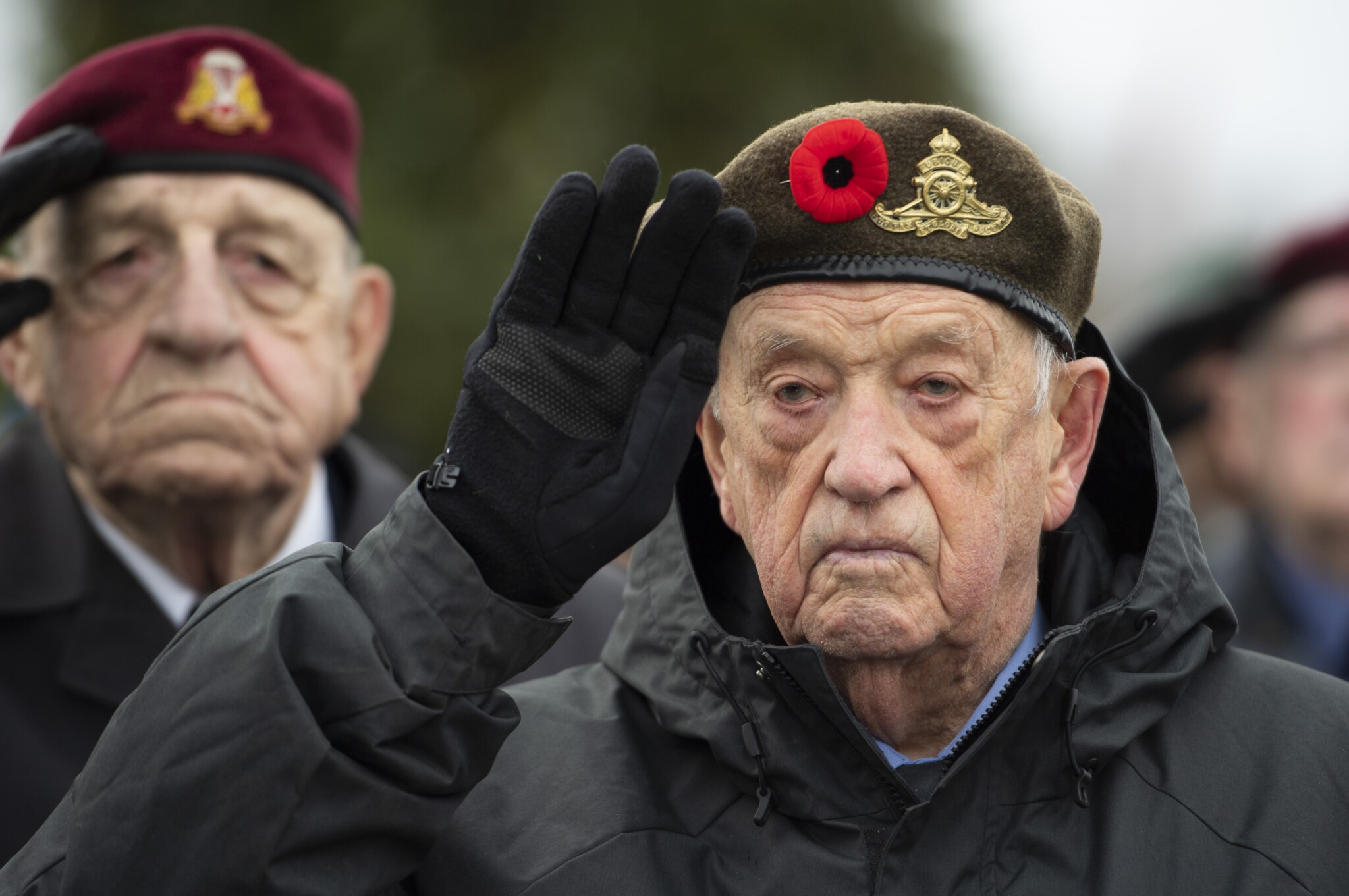While June 6th commemorates the Allied assault on the beaches of Northern France, the landings themselves were only the start of the longer Battle of Normandy that stretched across the whole of the summer in 1944 and was part of a series of Allied offensives in Eastern Europe and Italy that sealed the fate of the Nazi regime.
As the 80th anniversary of this momentous campaign continues, the world has stopped to remember and analyze what lessons it can teach us today. As a defence analyst, it’s hard to escape Normandy’s significance in Canada. But it is not just an academic pursuit; I have also developed a personal connection to the invasion through my wife’s long-passed grandfather. This has greatly affected my views of the conflict.
He would fight in a series of highly consequential battles around Norrey-en-Bessin on the night of June 8th and 9th, 1944 that would hold back the 12th SS Panzer Division’s attack. Listening to recordings of him telling his personal story, and other veterans over the years, has frequently made me think about Normandy’s significance and the relationship between my grandfather-in laws’ account and historiography itself. Understanding how the battle has been interpreted over the past 80 years, has allowed me to contextualize my relations’ experiences in a number of ways.
Immediately after the war, accounts of the invasion mostly came from first-hand perspectives written by the people who were involved. As one would expect, many were highly one-sided, some as a way to manipulate history to present themselves in the most favourable light. But in many cases, the authors were still under wartime secrecy requirements. For example, the Allies’ extensive intelligence-gathering activities, headlined by the ULTRA code-breaking system remained classified until the early 1970s. Thus contemporary accounts, like Winston Churchill’s famous political memoir, completely exclude its influence. There was also a lack of conceptual models to analyze the war effectively: economics, positivism, and even the study of war were all extremely immature compared to today.
Furthermore, there was a deep bias towards the Western Allies and their struggle. The German-Soviet struggle was generally portrayed in a simplistic dichotomy, heavily influenced by defeated German generals who were interviewed after the war by victorious Allies to understand what occurred on the front they did not experience up close. They got a nearly fictitious account of the struggle that elided Soviet efforts, the classic example of which was Field Marshall Manstein’s 1958 memoir Lost Victories. They also helped to whitewash the German army’s role in the implementation of horrific atrocities during the conflict. Then, driven in part by the Cold War motivation of building up West Germany as a strong ally against their one-time allies the USSR, it became widespread to portray the victory on the Eastern Front coming down to the far technologically and doctrinally superior German forces being overwhelmed and beaten by poorly trained Asiatic hordes from the steppes.
Yet by the 1970s, the pendulum had swung back to become an overcorrection, with the histories vastly overstating the combat capability and prowess of Germany in the conflict. The exemplar was Max Hastings’ Overlord, which was timed for the 40th anniversary of the invasion. In it, he repeated questionable statistics like “on a man-to-man basis, German ground soldiers consistently inflicted casualties at about a 50 percent higher rate than they incurred from the opposing British and American troops.” In retrospect, the work, and many like it, was a disservice to understanding the battle and the Allied soldiers who fought it.
In the late 1980s, Normandy’s significance faced greater challenges with the opening of Soviet and the former Warsaw Pact archives when the Iron Curtain fell. With it came a much greater appreciation of the scale of the war in the East. This further added to the dismissal of Allied efforts increasingly seen as an inconsequential sideshow to the main scene of the war. This was the prevailing orthodoxy I was brought up with during my early education and still influences my understanding of the conflict.
Yet over the past two decades, a new generation of academics has emerged who have vastly expanded the scope of the study of the Second World War, and Normandy as well. Adam Tooze’s Wages of Destruction is widely seen as a seminal work about the economic aspects of the conflict and has been followed by a diverse collection of works that explore different aspects of the war beyond the battlefield. One example is Phillips Payson on O’Brian’s How the War Was Won, which focuses heavily on the combination of economic activity and sea and airpower on the conduct of the war, making the point that simply counting the number of divisions on the ground completely misunderstood the resource allocation of the war, where airpower alone typically accounted for 50 percent or more of combatants’ war-fighting budgets. Broadening the understanding of the war provides a more fulsome appreciation of the Western Allies’ strategy for the war and how it influenced the final outcome.
A personal favourite of mine is Ben Kite’s Stout Hearts: the British and Canadians in Normandy 1944, which is a uniquely constructed examination of how the commonwealth armies operated at a granular level in total during the conflict. While not necessarily groundbreaking, its presentation of how the military operates provides deep insights into how decisions on strategy, tactics, arms, and even medical systems, affected the lives of individual soldiers. It also dispels the myth of German superiority in fighting. In sum, what these works have helped develop is a more diverse and balanced understanding of Normandy’s significance for the war.
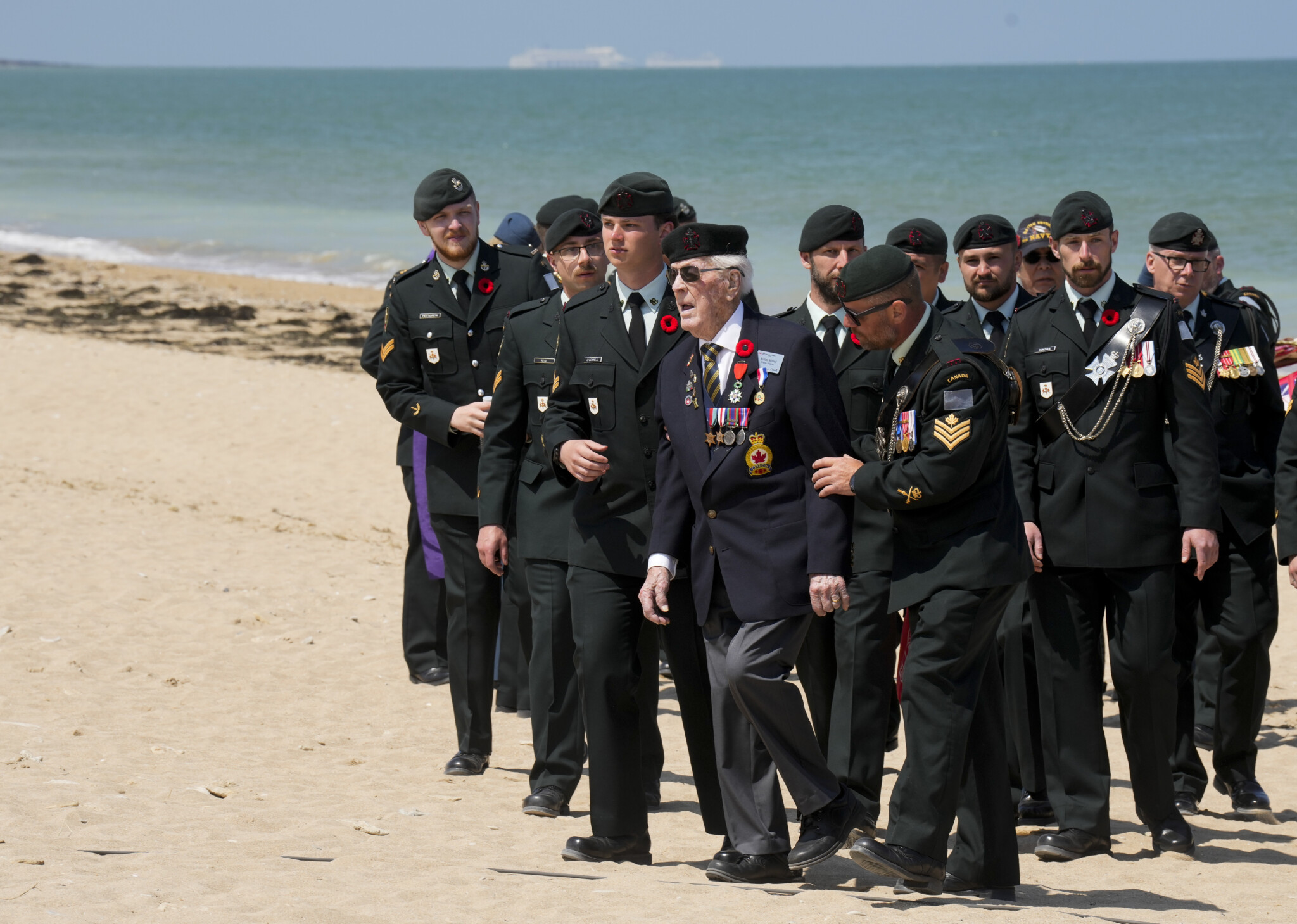
Canadian veteran William Seifried walks off Juno Beach on the 80th anniversary of D-Day in Courseulles-sur-Mer, Normandy, France, Thursday, June 6, 2024. Adrian Wyld/The Canadian Press.
All considered, we now have a far more nuanced understanding of the D-Day landing’s strategic, military, and technical accomplishment, and the subsequent four-month campaign that would effectively wipe out the German military on the Western Front.
The historiography of Canada’s contribution to D-Day and the larger Battle of Normandy has roughly followed these trends but with some significant differences. Major histories during the Cold War, like the official government study, downplayed Canada’s role for a variety of reasons. The contribution also suffered similar questions about its combat efficacy vis-a-vis German troops.
However, in the past three decades, a new generation of scholars, led by Terry Copp, Mark Zuehlke, and Marc Milner, has revolutionized the study of the battle and its importance. Many Consider Milner’s Stopping the Panzers one of the best works on D-Day, showing how they were given one of the most difficult assignments to defend the critical sector behind Juno Beach. In sum, these works have restored much of the positive reputation Canadian soldiers had earned during the war, which had for so long been undervalued.
This analysis illustrates why historiography is so important—it allows us to contextualize experiences and learn from them. In 1992 the CBC aired a three-part documentary, the Valour and the Horror that took a highly critical line toward various aspects of Canada’s Second World War effort, including strategic bombing and the D-Day landing. While it sparked deep outrage among veteran groups, the reality is that it hewed not too far from the revisionist thinking that was largely the orthodoxy at the time, exemplified in Hastings’ writings, concerning the relative quality of Allied soldiers.
It didn’t provide an accurate sense of the battle and Canada’s contribution, which is unfortunate as it contributed to a long line of works that downplayed the country’s important military contribution, especially during the longer Battle of Normandy. The prevailing narratives about Canada’s small, ineffective role were often politicized to suggest that defence spending writ large is a frivolous waste and should be minimized as much as possible. Yet works like those written by Copp, Milner and Kite display the immense skill and professionalism that Canadian soldiers possessed.
Even today Canadian soldiers are prized for these very same qualities by our allies. Their subsequent deployments in Afghanistan, the Middle East, and now Latvia have further solidified the very high reputation that was cultivated in Normandy.
The lesson that we should remember as we mark this ongoing anniversary is that we are an exceptionally capable country when called upon. Our resourcefulness and bravery have been tested in the past, and we have proven our worth when the stakes are highest.
Reiterating this national story is paramount. But even more important than the mere telling is translating these lessons into action and practical policy. We can make a difference on the world stage—we just need leaders to cultivate this patriotic persona and prioritize strengthening our capabilities. We have a military that can be admired and counted on when times get tough—we just need to provide them with the funding and support they need. These may seem like insurmountable challenges these days, but looking back at our history reminds us: we’ve already overcome worse.
Recommended for You

Federal spending on Old Age Security will outpace child care, housing, and postsecondary education combined
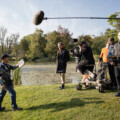
‘There’s a lot to find fault with’: J.J. McCullough on how Canadian content quotas kill creativity
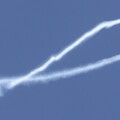
Canada is shopping for new fighter jets—and on the verge of making a disastrous decision

Canada already tried economic nationalism—it made us poorer
